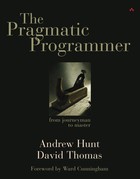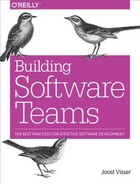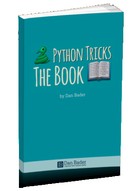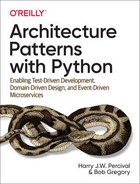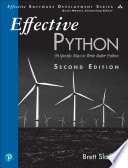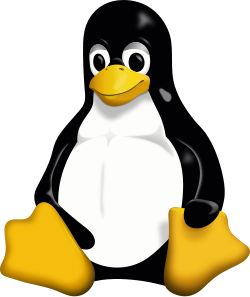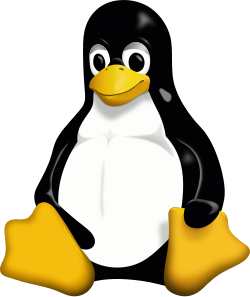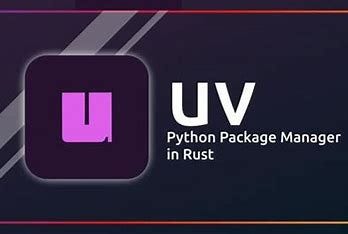
Python development has undergone a quiet revolution in recent years, and many developers are just beginning to notice. The traditional workflows that we've accepted as "just how things are done" are being challenged by new tools that promise not just incremental improvements, but fundamental shifts in how we approach Python project management.
The Old Guard: Virtual Environments and Their Discontents
For years, virtual environments have been the gold standard for Python dependency management. The conventional wisdom dictated creating isolated environments, activating them with source .venv/bin/activate, and carefully managing dependencies through requirements.txt files. While this approach solved the critical problem of dependency conflicts, it introduced its own friction.
Many developers, particularly those working on single projects or rapid prototypes, found themselves caught between two unsatisfying choices: deal with the overhead of virtual environment management or risk dependency conflicts by installing everything globally. Neither option felt ideal for the modern development workflow.
The Speed Revolution
The emergence of Rust-based Python tooling has fundamentally changed the performance equation. Tools built with Rust are delivering speed improvements that aren't just noticeable—they're transformative. When environment creation and dependency resolution happen in seconds rather than minutes, it changes how developers think about project isolation.
This speed improvement has a psychological impact beyond the time saved. When a process is fast enough, it stops being a decision point. You don't hesitate to create a new environment or install a dependency when the overhead is negligible.
Beyond Speed: Workflow Innovation
The real innovation isn't just in performance—it's in rethinking the entire development workflow. Modern tools are introducing concepts that eliminate many of the traditional friction points:
Inline Dependency Management
One of the most compelling developments is the ability to specify dependencies directly within Python scripts using PEP 723 metadata. This approach allows developers to create truly self-contained scripts that carry their own dependency information:
# /// script
# dependencies = [
# "requests",
# "pandas>=1.0",
# ]
# ///
import requests
import pandas as pd
# Your code here
This pattern eliminates the need for separate configuration files for simple scripts and makes sharing code significantly easier.
Automatic Environment Management
The concept of "run" commands that automatically handle environment creation, dependency installation, and execution represents a paradigm shift. Instead of manually managing environments, developers can focus on their actual work while the tooling handles the infrastructure concerns transparently.
The Integration Challenge
While these new tools offer significant advantages, they're not without challenges. IDE integration remains inconsistent, with some editors struggling to recognize the new dependency specification formats or handle the symlink structures used by modern environment managers.
These integration issues highlight an important transition period in the Python ecosystem. As new tools mature and gain adoption, IDE support will inevitably follow, but early adopters may need to accept some temporary inconveniences.
Cross-Platform Considerations
Modern Python tooling is also addressing long-standing cross-platform compatibility issues. By standardizing on consistent approaches to environment management and dependency resolution, these tools are making Python development more predictable across different operating systems.
However, platform-specific considerations still exist, particularly around binary dependencies and system-level integrations. Developers should be aware that while the core experience is becoming more consistent, edge cases may still require platform-specific handling.
The Broader Ecosystem Impact
The improvements in Python tooling reflect broader trends in software development. The success of fast, reliable tools in other ecosystems (like Cargo for Rust or npm for Node.js) has raised expectations for what development tooling should provide.
Python's ecosystem is responding to these expectations with tools that don't just solve existing problems better—they eliminate entire categories of problems that developers previously accepted as inevitable.
Looking Forward: The Future of Python Development
As these tools mature and gain wider adoption, we can expect to see continued evolution in Python development practices. The ability to specify complete runtime environments inline with code opens up new possibilities for reproducible research, simplified deployment, and more accessible onboarding for new developers.
The trend toward zero-configuration tooling is particularly significant. When developers can focus entirely on their application logic without worrying about environment setup, it lowers the barrier to entry and increases productivity across the board.
Embracing Change While Managing Risk
For teams and organizations considering adopting new Python tooling, the key is balancing innovation with stability. While these tools offer significant advantages, they're still evolving rapidly. Organizations should consider their tolerance for change and their specific workflow requirements when evaluating new tooling options.
The good news is that most modern Python tools are designed with migration in mind. They typically support standard formats like pyproject.toml and can work alongside existing toolchains, allowing for gradual adoption rather than wholesale replacement.
Conclusion: A New Chapter in Python Development
The current evolution in Python tooling represents more than just faster dependency management—it's a fundamental rethinking of the development experience. By eliminating friction points that developers have long accepted as necessary evils, these tools are making Python development more approachable, more efficient, and more enjoyable.
As this ecosystem continues to mature, the benefits will compound. Faster iteration cycles, simplified sharing and collaboration, and reduced cognitive overhead will enable developers to focus on what matters most: building great software. The question isn't whether these tools will become mainstream—it's how quickly the ecosystem will adapt to take full advantage of their capabilities.
